NATIONAL STANDARD OF THE RUSSIAN FEDERATION
ADDITIVE TECHNOLOGICAL PROCESSES.
BASIC PRINCIPLES - Part 2
Materials for additive manufacturing processes.
General requirements
Date of introduction - 2017-12-01
- Application area
This International Standard establishes the basic principles of additive manufacturing processes. This International Standard provides an overview of existing processes and is not intended to be exhaustive due to the development of new technologies. This International Standard explains how different types of materials are used in different categories of processes to form the geometry of the product. This International Standard also describes what type of material is used in different process categories. The characteristics of the raw materials and the requirements for parts manufactured using various technological processes will be given in subsequent separate standards. The principles described in this standard apply to subsequent standards.
- Terms and definitions
In this standard, the terms according to GOST R 57558 are used.
- General provisions
This International Standard describes the basic principles of additive manufacturing processes. This International Standard provides an overview of the existing process categories as well as the raw materials used to make products.
- Types of parts and their classification
- General provisions
Parts created using additive manufacturing processes can be used both as prototypes and as a finished product (the term “prototype” is described in GOST R 57558). The parts produced are used in a variety of applications after the product development phase and reflect all the requirements for the expected product. For both prototypes and manufactured parts, different processes and materials can be used depending on the type of part, application and industry, as well as cost requirements and delivery times. The design of parts and the selection of their characteristics is the responsibility of the designer. Close cooperation with component suppliers is advisable depending on the competence of the customer.
Official edition
- Part classification
Parts must be further classified into different classes, from the most stringent quality and traceability class (class 1) to the least stringent quality and traceability class. The description of these classes will be defined in future standards related to starting materials, processes and scope.
- Technological process
The technological process used in the field of additive technologies is characterized by the control of the manufacture of parts based on 3D CAD data. There are no intermediate stages such as tooling production.
There are basically two different categories of processes:
- one-step processes (one-step processes): types of additive manufacturing processes in which parts are manufactured in a single operation. where the basic geometric shape and material properties are achieved simultaneously;
- multistep processes (multistep processes): types of additive manufacturing processes in which parts are made in two or more operations, where the first usually provides the basic geometric shape, and the subsequent ones provide the main required properties of the material (metal, ceramic, polymer or composite) ...
NOTE Depending on the end application: all processes may require one or more additional post-processing to achieve all intended properties in the final product. The technologies are well known and widely described in various non-additive technologies documentation and therefore do not need to be described in more detail in this clause.
- Process categories
- General provisions
There are various workflows developed for additive technologies. They are grouped into seven main categories based on a fundamental part of the functionality of the machines.
In subsequent standards, detailed information and requirements for a specific type of raw material / process combination (for example, PA12 - polyamide powder for fusing the material in the formed layer) will be given, for example:
- information on the basic properties of raw materials:
- raw material requirements (preconditioning);
- meaningful description of the process;
- for each specific type of feedstock / process, a combination of relevant properties, parts (for example, gas permeability, strength, etc.), including requirements for minimum values and information on acceptable ranges of values;
- mandatory quantification methods;
- information on areas of application.
- Existing process categories
- Photopolymerization in the bath
- Existing process categories
The process of photopolymerization in a bath is a process in which a pre-deposited photopolymer is selectively irradiated with light radiation [1]. Under its influence, adjacent polymer chains are attached to each other.
Raw Material: Liquid or Paste: Photoreactive resin with or without filler.
Communication mechanism: chemical reaction.
Activation source: UV radiation from lasers or lamps.
Secondary treatment: cleaning, maintaining the removed material after curing by further exposure to ultraviolet radiation.
- Spray material application
The process of jetting a material is an additive manufacturing process in which the manufacture of an object is carried out by applying drops of building material (1).
c} Photopolymerization in a bath using a laser
b) Photopolymerization in a bath using a controlled source of ultraviolet radiation
Raw material: liquid photopolymer or molten wax with or without filler.
Bonding mechanism: chemical bonding reaction or adhesion resulting from solidification
molten material.
Activation source: a light emitting source for a chemical bonding reaction.
Secondary treatment: removal of material after curing by exposure to light
of reading.
- Spray application of binder
The binder inkjet process is an additive manufacturing process in which
a liquid binder is selectively applied to the bonded powder materials.
Raw materials: powders, powder mixtures or particles of materials, as well as a liquid adhesive / binder.
Bonding mechanism: chemical and / or thermal bonding reaction.
Activation source: depending on the adhesive: chemical reaction.
Secondary processing: removal of debris. impregnation and penetration of any liquid material depending on the powder material and application.
NOTE Waxes, epoxies and other adhesives are used for polymeric materials. while metals and ceramics are usually anchored by sintering and infiltration with molten material.
- Synthesis on a substrate
The substrate synthesis process is an additive manufacturing process in which the surface of a pre-applied layer of powder material is selectively, completely or partially melted by thermal energy.
Raw materials: various powders: thermoplastic polymers, pure metals or metal alloys, structural or technical ceramics. Any of the powder materials can be used with or without fillers and binders. depending on the specific process.
Bonding mechanism: thermal bonding reaction.
Activation source: thermal energy, usually transmitted from a laser by an electron beam and / or infrared lamps.
Secondary treatment: removal of powder, if applicable, auxiliary material, as well as various operations to improve surface quality, dimensional accuracy and material properties: for example, micro blasting, milling, grinding, polishing and heat treatment.
- Extrusion of material
The material extrusion process is an additive manufacturing process in which material is selectively fed through a nozzle or orifice.
Raw materials: fibers or pastes, usually thermoplastics and structural ceramics.
Bonding mechanism: chemical and / or thermal bonding reaction.
Activation source: heat, ultrasound or chemical reaction between components.
Secondary processing: removal of the supporting structure.
b) Electron beam fusion material
in the formed layer
- Direct supply of energy and material
Direct energy and material supply process is an additive manufacturing process in which heat energy is used to fuse materials together as they are applied.
Notes
- The movement in the coordinate system (usually the 3-6 axis) is achieved by moving the nozzle and the construction table.
- Alternative material feeding systems, for example: powder is fed through an energy beam, powder is fed into the energy coordinate, filament (wire) fed into the energy coordinate.
Raw material: powder or wire, usually metal: for certain applications, ceramic particles can be added to the base material.
Bonding mechanism: thermal bonding reaction - melting and solidification.
Activation source: laser, electron beam or plasma.
Secondary finishing: improving the surface condition, for example: machining, micro blasting, laser reflow, grinding or polishing and improving the material properties (for example, heat treatment).
- Sheet lamination
The sheet lamination process is an additive manufacturing process in which manufacturing
parts are carried out by fastening sheets of material.
Raw materials: sheet material, usually paper, metal foil, polymers or composite sheets. made mainly of metal or ceramic powder, bonded with a binder.
Bonding mechanism: thermal reaction or chemical bonding reaction, ultrasound.
Activation source: local or general heating, chemical reaction and ultrasonic sensors.
Secondary treatment: disposal of waste and optional sintering, infiltration, heat treatment, grinding or machining to improve surface quality.
UDC 774: 002: 006.354
OKS 71.020
71.100.01
77.160
Key words: additive technologies, additive manufacturing processes, materials. safe-
principles
Published and printed by STANDAR TIN FORM FSUE. 123001 Moscow, Granatny Port .. 4.

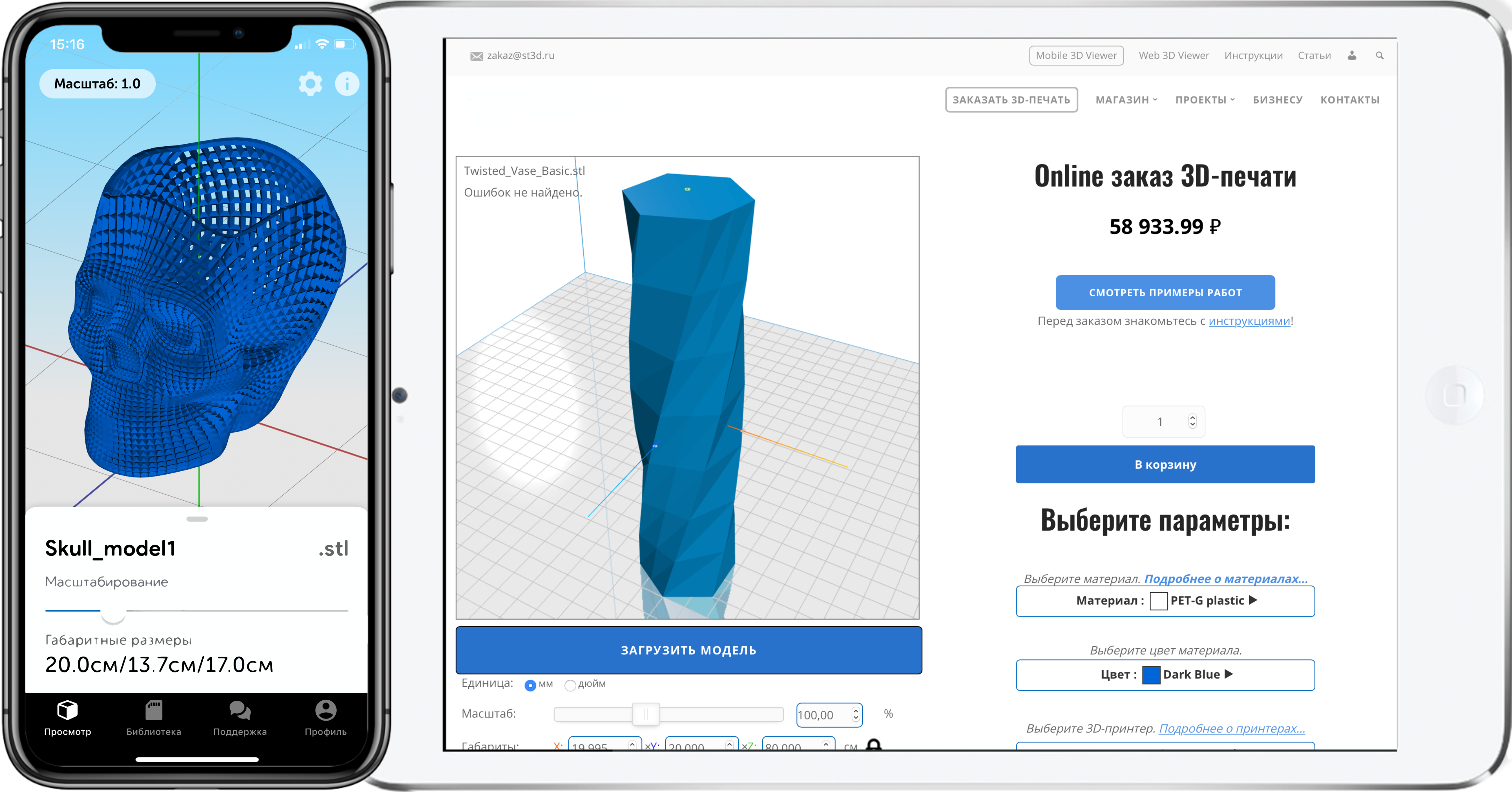



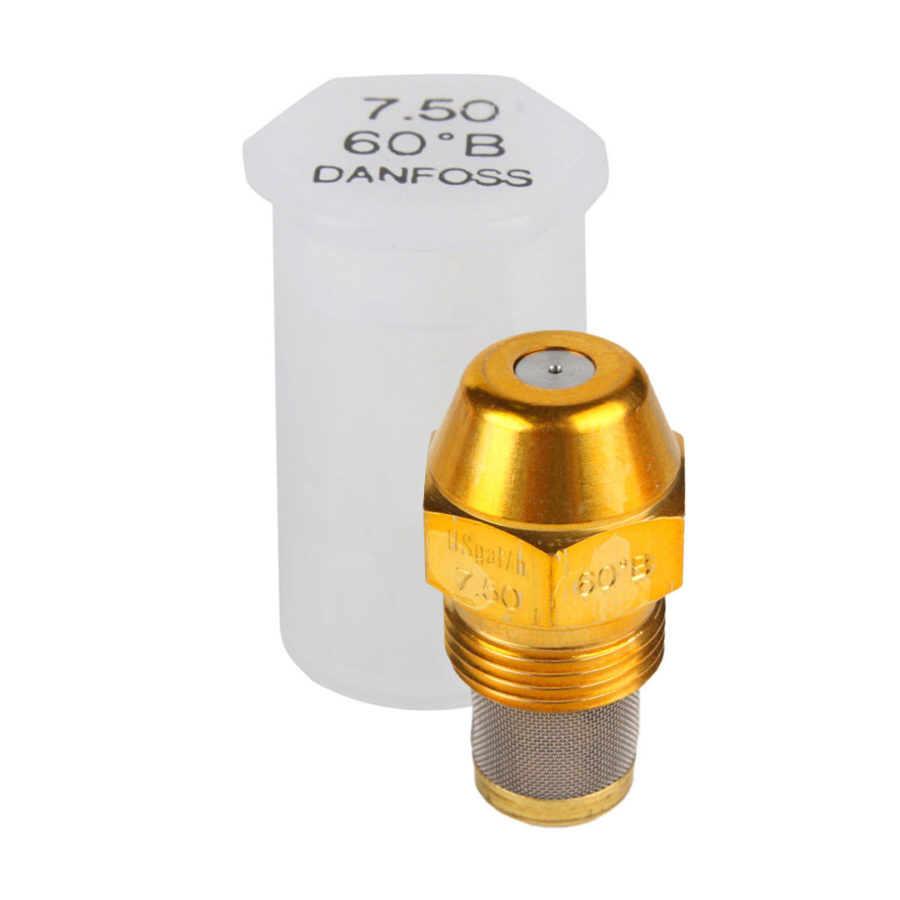
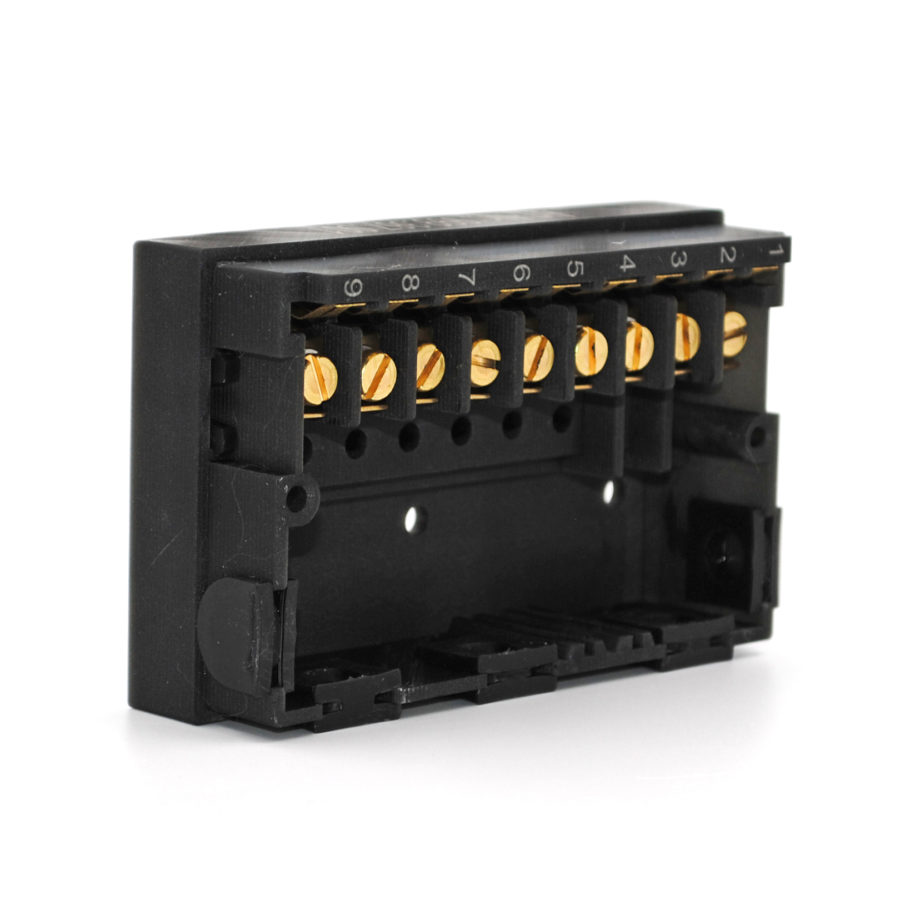
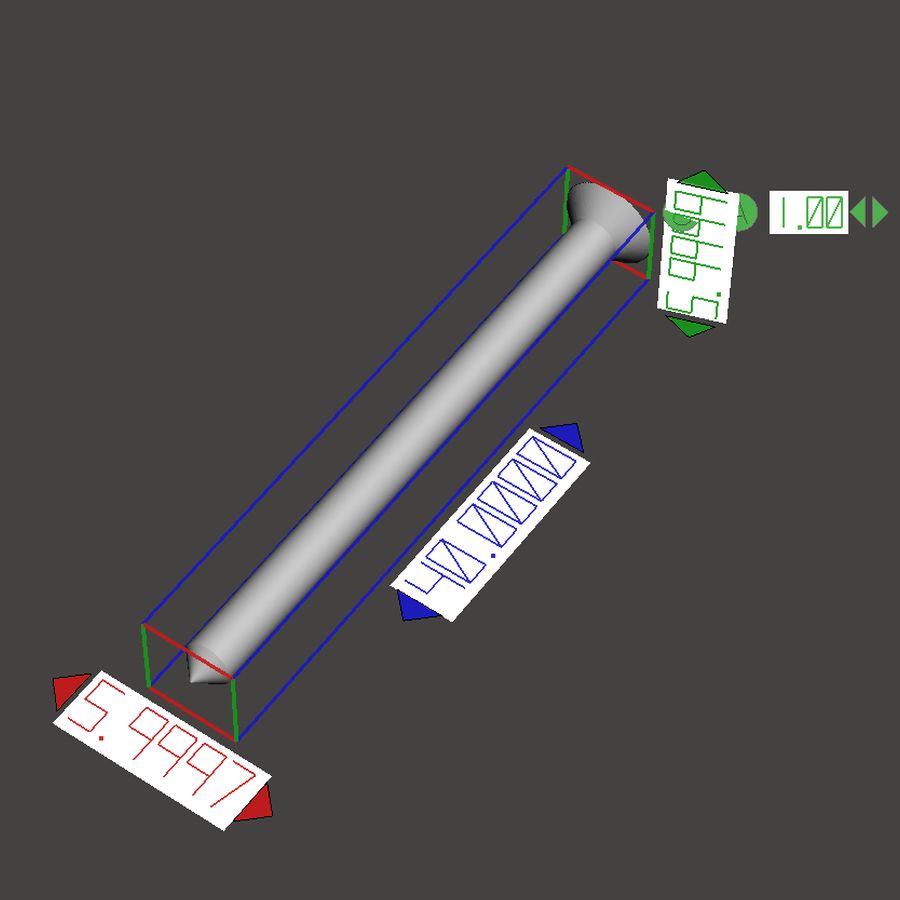
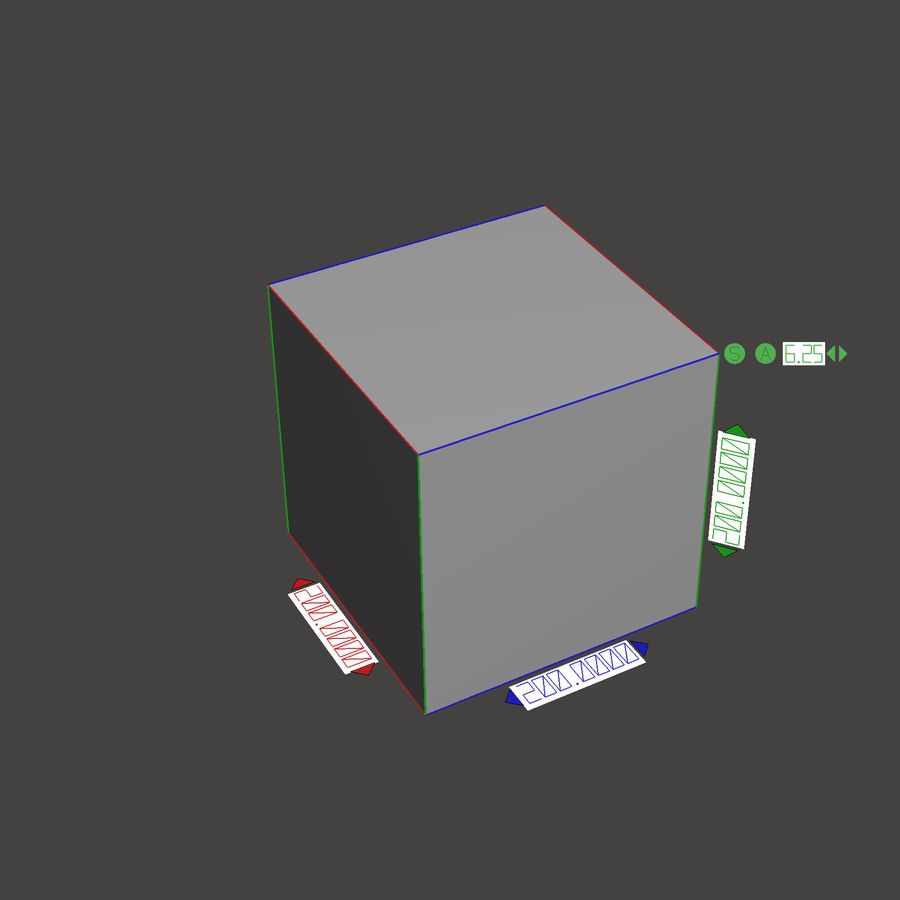
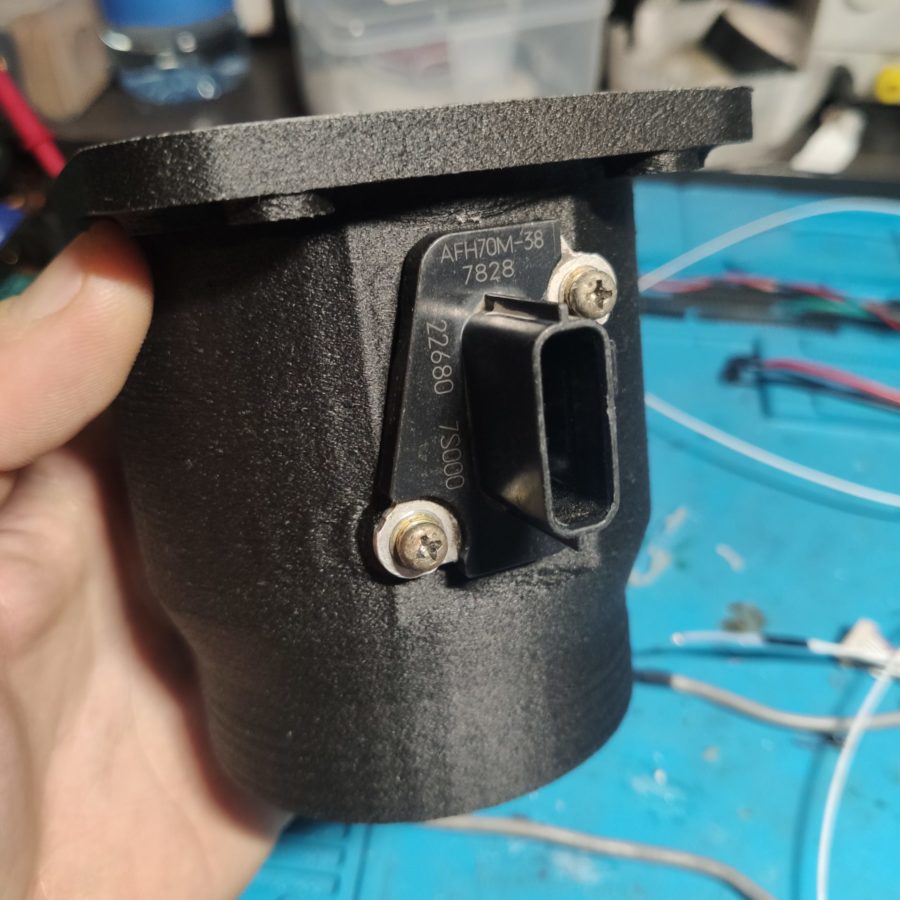
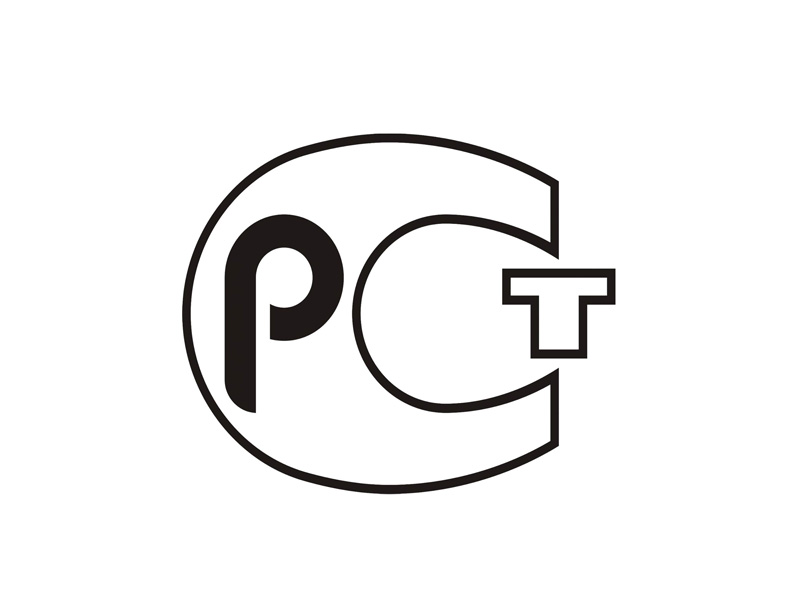
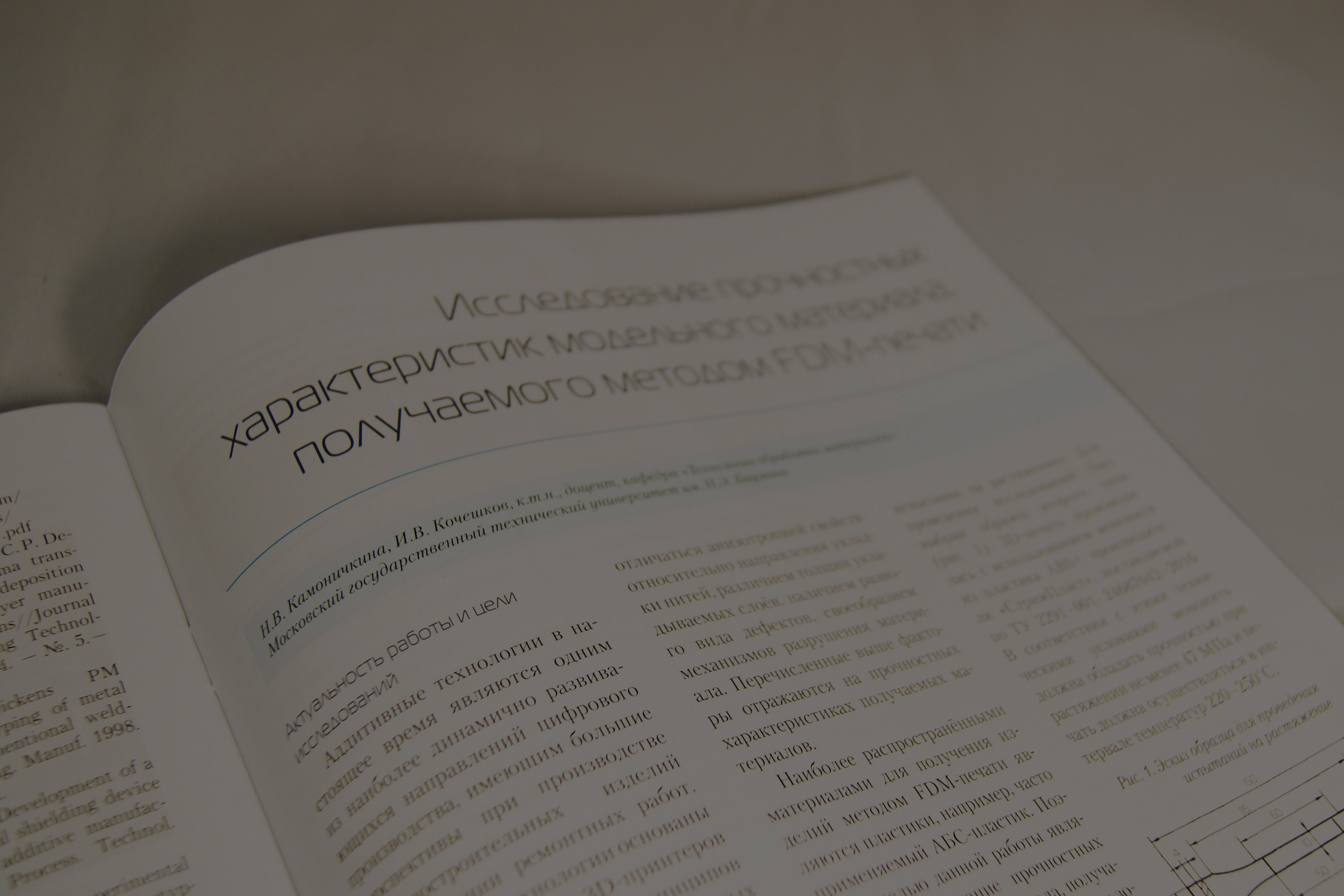

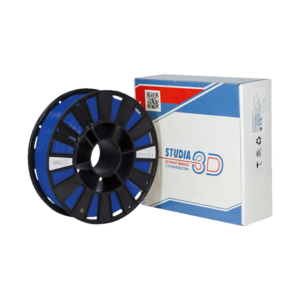
Author: Studia3D. Ru
More articles from Studia3D. Ru